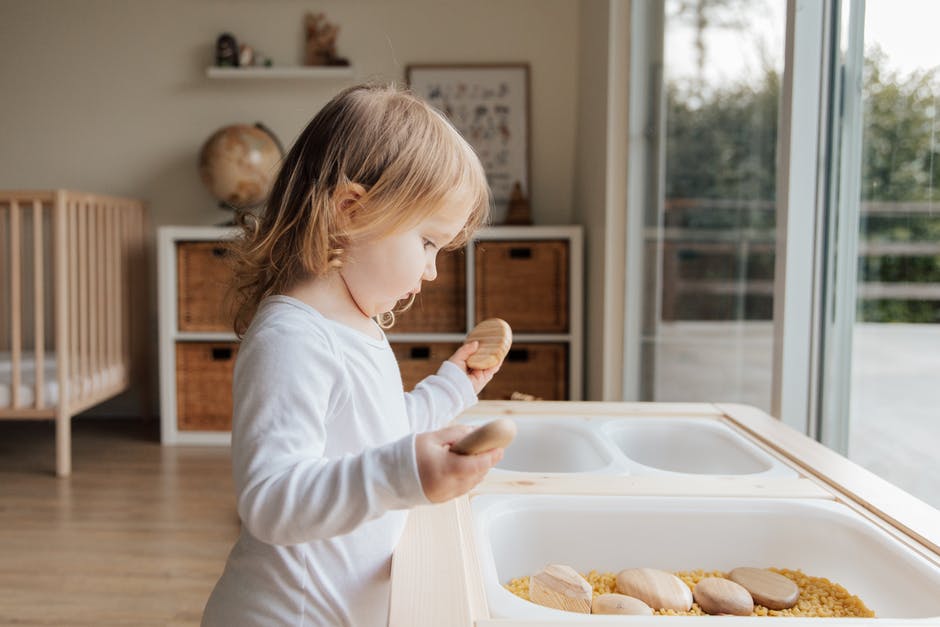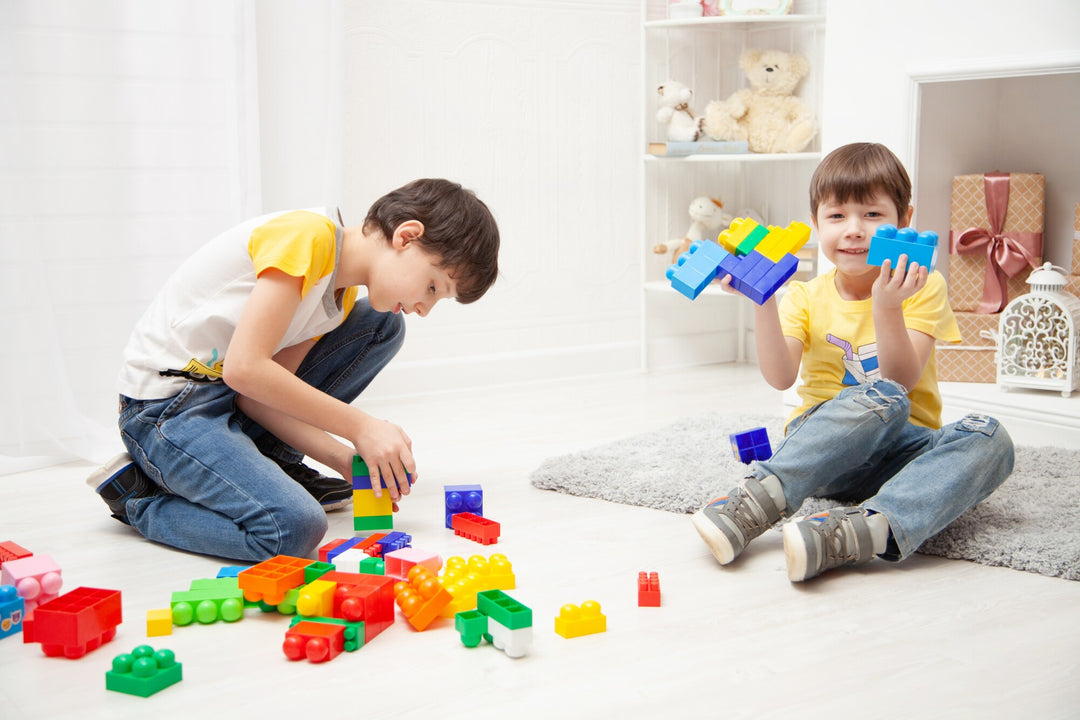Creating Calm Spaces: The Ultimate Guide to Sensory Room Essentials
In today's fast-paced world, finding moments of peace and tranquility is essential for our well-being. For individuals with sensory processing challenges, creating a calm and soothing environment is even more crucial. Sensory rooms, also known as calming rooms or sensory sanctuaries, are specially designed spaces that provide sensory stimulation to help regulate emotions and promote relaxation. In this comprehensive guide, we'll explore the essentials for creating a sensory room that fosters calmness and serenity.

Understanding Sensory Rooms
Sensory rooms are dedicated spaces designed to provide sensory input to individuals with sensory processing disorders, autism, ADHD, anxiety, and other sensory-related challenges. These rooms typically feature a variety of sensory tools and equipment that engage the senses, such as lighting, textures, sounds, and tactile objects. It varies for each individual depending on needs and preferences.
Choosing the Right Space
When selecting a location for your sensory room, consider factors such as size, accessibility, and privacy. Ideally, choose a quiet area with minimal distractions where individuals can relax and focus on sensory experiences without interruptions. If space is limited consider implementing sensory room practices into other spaces.
3 Considerations For Sensory Rooms

1. Comfortable Seating
Provide comfortable seating options such as sensory pods, floor cushions, rocking chairs or The Mellow Mat (Soft Touch Tatami Rug) to encourage relaxation and comfort.
2. Sensory Tools
Incorporate a variety of sensory tools such as weighted blankets, fidget toys, wobble cushion and big soft pillow to offer tactile stimulation and promote sensory integration.

3. Visual Stimulation
Decorate the room with calming visuals such as sand art scapes, nature scenes, soft colours, and sensory wall panels to engage the visual senses and promote relaxation.
Personalising the Space
Involve individuals in the design and setup of the sensory room to ensure it meets their unique sensory preferences and needs. Encourage creativity and self-expression by allowing individuals to add personal touches such as artwork, photos, or favourite objects to the space.
Maintenance and Safety

Regularly inspect and clean sensory equipment to ensure it remains safe and hygienic for use.
Creating a sensory room is a powerful way to promote calmness, relaxation, and sensory integration for individuals with sensory processing challenges. By incorporating essential sensory room components and personalising the space to meet individual needs, you can create a nurturing environment where individuals can thrive and find inner peace. Embrace the journey of creating a sensory sanctuary and unlock the transformative benefits of sensory stimulation for all who enter.













